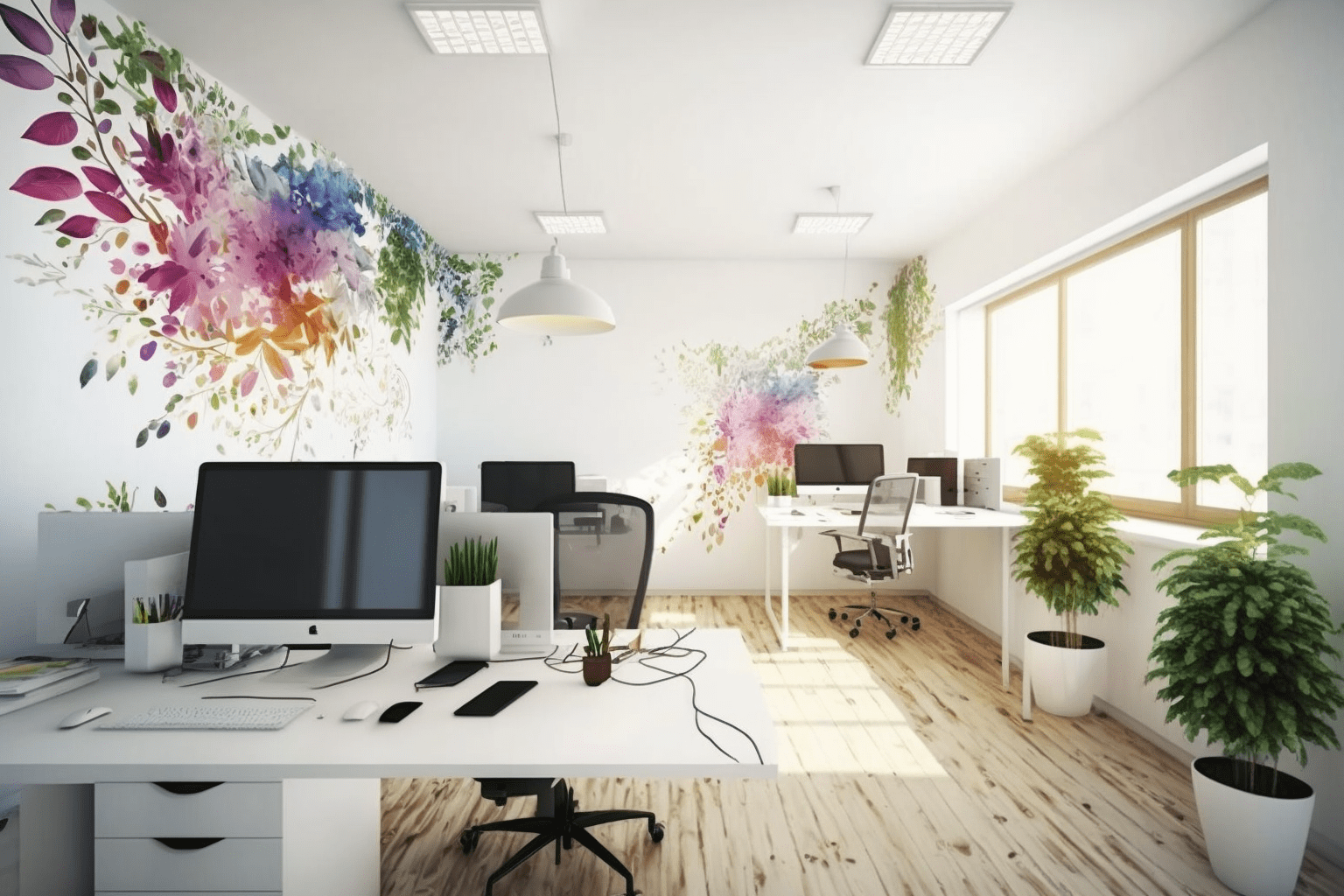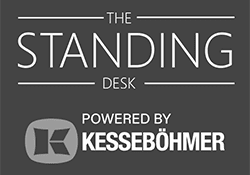The Real Benefits of Using Standing Desks
The standing desk is an increasingly popular alternative to the traditional sitting desk widely used in offices today. Standing desks offer many benefits to those who make use of them in their everyday lives, so understanding the advantages and disadvantages is key to deciding if they are right for you. In this article, we will look at the effects of standing desks, how to choose the right one, and the cost of standing desks.
Standing Desks Improve Concentration and Energy Levels
The effects of standing desks on concentration and energy are well documented. Studies have shown that those who spend the majority of their working day using a standing desk have greater focus and alertness than those who sit. Much of this can be attributed to improved circulation which helps stimulate the brain and keep productivity levels higher. Additionally, those who use a standing desk also report having more energy in the evening, making it easier for them to stay active into the late hours and maintain an overall healthier lifestyle.
Standing desks also provide a number of other benefits, such as improved posture, reduced back pain, and improved digestion. Furthermore, standing desks can help reduce stress levels, as standing up can help to release tension in the body and mind. Finally, standing desks can help to reduce the risk of developing chronic diseases, such as diabetes and heart disease, as they can help to reduce the amount of time spent sitting.

Standing Desks Reduce Health Risks
The benefits of using a standing desk are not only limited to increased productivity and energy. Spending the majority of the day on one’s feet can lead to a decrease in health risks associated with sedentary behavior such as back and neck pain, as well as promoting healthier habits such as stretching instead of crouching or slouching. Additionally, better posture that comes with standing reduces the risk of developing conditions such as Sciatica and Carpal Tunnel Syndrome.
Standing desks can also help to reduce the risk of developing chronic diseases such as diabetes, heart disease, and obesity. Studies have shown that standing for at least three hours a day can reduce the risk of developing these conditions by up to 50%. Furthermore, standing desks can help to improve circulation, reduce fatigue, and improve overall mental health.
Standing Desks Increase Productivity
The main benefit of standing desks often comes down to productivity levels. Those who stand while working generally perform more efficiently and produce more work in a shorter period of time. This can be attributed to improved concentration, focus, and alertness that comes with standing up. Additionally, shorter breaks are often required due to less strain on the body which can help increase production levels.
Standing desks also help to reduce the risk of developing health issues such as back pain, neck pain, and poor posture. This is because standing desks encourage users to stand in an upright position, which helps to reduce strain on the body. Furthermore, standing desks can help to improve circulation, which can lead to increased energy levels and improved overall health.
The Pros and Cons of Using Standing Desks
No matter how beneficial standing desks can be, there are some drawbacks. First and foremost is cost. Standing desks can be quite expensive and require a greater upfront investment than regular sitting desks. Additionally, they require more floor space, which might be an issue in smaller homes or offices. Additionally, those who suddenly switch from sitting to standing may initially experience discomfort due to improper posture and an overworked lower back.
Furthermore, standing for long periods of time can be tiring and uncomfortable. It can also lead to fatigue and soreness in the feet, legs, and back. Additionally, standing desks may not be suitable for those with certain medical conditions, such as varicose veins, as standing for long periods of time can worsen the condition. Therefore, it is important to consult with a doctor before making the switch to a standing desk.
Tips for Incorporating Standing Desks Into Your Workplace
Using a standing desk does not have to be a drastic change or an overly expensive one. To make the transition smoother, slowly introduce the change by using the desk for one hour a day and gradually increasing the hours over time. Additionally, pay attention to proper ergonomics such as correct placement of the arms and wrists and choosing a chair which provides proper back support when not standing.
It is also important to take regular breaks from standing to avoid fatigue and discomfort. Consider setting a timer to remind yourself to take a break every 30 minutes or so. Additionally, make sure to wear comfortable shoes that provide good support and cushioning to help reduce strain on your feet and legs.
How to Choose The Right Standing Desk For Your Needs
Given the options available on the market today, it can be difficult to choose the right one for your specific needs. When selecting a standing desk, it is important to consider how much space you have in your home or office and your preferred style. Additionally, look into adjustable features so you can switch between sitting and standing throughout your workday. Last but not least, consider practical features such as different designs, sizes, and height adjustments.
When selecting a standing desk, it is also important to consider the materials used in its construction. Look for desks made from durable materials such as wood, metal, or plastic. Additionally, consider the weight capacity of the desk to ensure it can support your computer and other items. Finally, make sure the desk is easy to assemble and adjust, so you can quickly and easily switch between sitting and standing.
Ergonomic Considerations For Standing Desks
One of the biggest drawbacks of using a standing desk is the risk of developing pain or discomfort due to improper posture or overworking certain parts of the body. To minimize these risks, it is important to pay attention to ergonomics by ensuring that monitors are placed at eye level, arms and wrists are positioned properly, and that your lower back is properly supported when leaning against the desk.
In addition, it is important to take regular breaks from standing to avoid fatigue and to ensure that your feet are properly supported with an anti-fatigue mat. It is also important to adjust the height of the desk to ensure that your elbows are at a 90-degree angle when typing. Finally, it is important to ensure that your posture is correct and that you are not leaning too far forward or backward when standing.
The Cost Of Standing Desks Versus Regular Desks
Price is often one of the considerations taken into account when choosing between regular sitting desks and standing desks. Generally speaking, standing desks tend to cost more upfront due to additional features such as adjustable height settings, additional legs and frames, extended monitors arms, and more durable construction materials. However, as more people switch over to standing desks, they might become more affordable in the long run.
Alternatives To Standing Desks
Not everyone likes the idea of using a standing desk or has the space for one. Fortunately, there are alternative solutions that provide some of the same benefits such as sit-stand desks which allow you to switch between sitting and standing throughout your workday. Additionally, you can also purchase a treadmill or stationary bike which allow you to move while doing your work.



